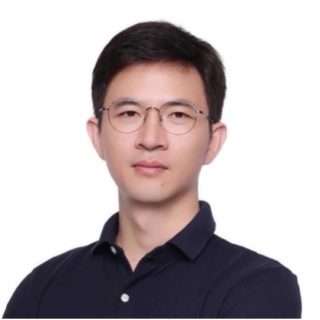Invited Talk – Prof. Dr. Xiaochun Lai (Shanghai Tech University): A Physics-ASIC Architecture-Driven Deep Learning Detector Model Under Limited Data, Thursday, Dec 19th, 2024, 8:15 CET
It’s a pleasure to welcome Prof. Dr. Xiaochun Lai to our lab for an invited online talk.
Title: A Physics-ASIC Architecture-Driven Deep Learning Detector Model Under Limited Data — for X-ray Photon-Counting CT
Date: Thursday, Dec 19th, 2024, 8:15 CET
Location: https://fau.zoom-x.de/j/61981471631?pwd=jqWH0dwrXGlh0lH6Uyz3RuDVt2WCOx.1
Abstract:
Accurate modeling of detectors, comprising a sensor and complex readout circuitry, is essential for numerous applications. X-ray photon-counting detectors (PCDs), which include semiconductor sensors such as silicon (Si), cadmium zinc telluride (CZT), and perovskites, coupled with fast photon-counting application-specific integrated circuits (ASICs), embody this complexity. These PCDs process the rapid current pulses generated by each X-ray event, measuring the X-ray photon energy and enabling photon-counting CT (PCCT) to achieve enhanced spatial resolution, reduced radiation dose, and advanced material decomposition capabilities, marking significant innovation in clinical CT over the past decades. Nevertheless, the challenge of accurately modeling these complex and nonlinear PCDs with limited calibration data remains a barrier to the broader adoption of PCCT. This presentation introduces a physics and ASIC architecture-driven deep learning detector model for PCDs. The model effectively captures the comprehensive response of the PCD, integrating both sensor and ASIC responses. We present experimental results demonstrating the model’s exceptional accuracy and robustness, even with limited calibration data. Key advancements include reduced calibration errors, accurate estimation of physics-ASIC parameters, and the generation of high-quality and high-accuracy material decomposition images.
Bio:
Dr. Xiaochun Lai specializes in the development of advanced semiconductor detectors, electronics, and imaging systems for biomedical applications, with a recent focus on photon-counting computed tomography (CT). In 2021, Dr. Lai joined ShanghaiTech University as a tenure-track assistant professor, where he leads the Photonic Sensing and Imaging Lab (PSI-Lab) in the School of Biomedical Engineering. Prior to returning to China, he was a senior scientist at Canon Medical Research USA, contributing to the research and development of photon-counting detectors for next-generation spectral CT. Earlier in his career, he was a Gordon Research Fellow at Harvard Medical School and Massachusetts General Hospital (MGH), working on the development of static CT systems for space missions and advanced imaging reconstruction for cardiac applications. Dr. Lai completed his Ph.D. at the University of Illinois at Urbana-Champaign between 2011 and 2016, where he developed energy-resolved photon-counting detectors and hybrid imaging systems, particularly SPECT/MRI, for tracking neuronal stem cells. He earned his B.S. degree from the University of Science and Technology of China in 2010.

